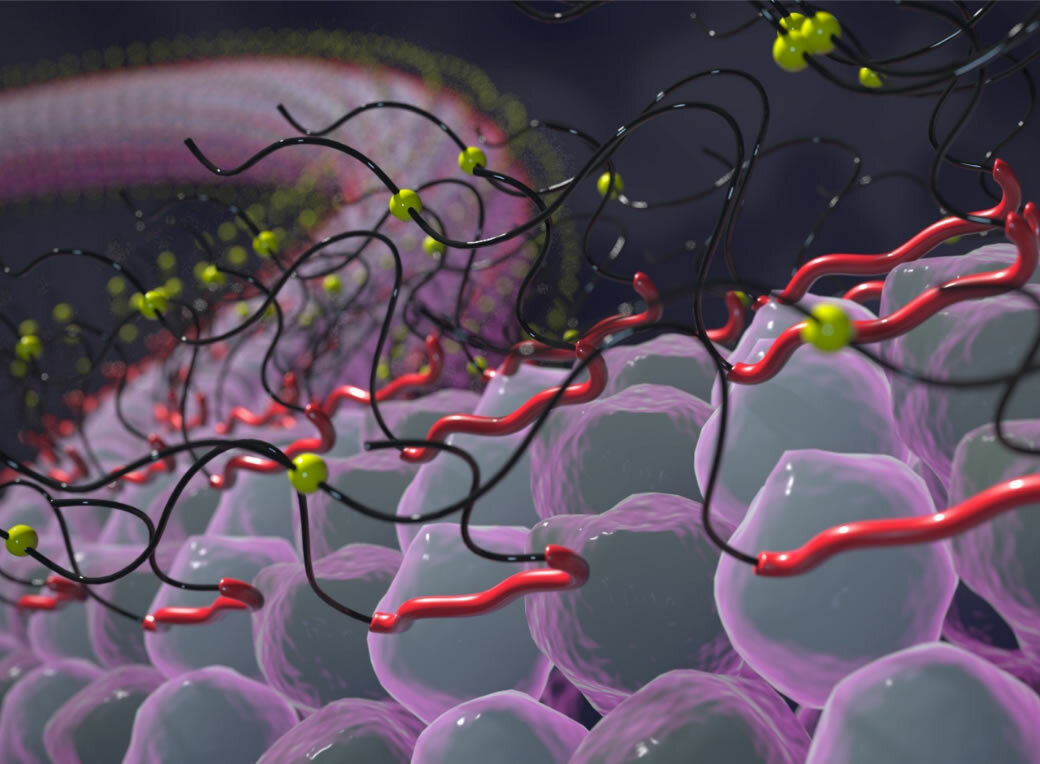Our history
Decades of scientific research in the pursuit of an effective treatment for neurodegenerative diseases

A leading light in
scientific discovery
Co-founder and CEO of TauRx, Professor Claude Wischik, is a board-certified psychiatrist and Chair of Mental Health at the University of Aberdeen. For 30 years, he has led a scientific research team there dedicated to finding an effective treatment for neurodegenerative disease.
1988: Understanding the
Alzheimer tangle and a
chance discovery
As a PhD student at Cambridge in 1988, Claude Wischik discovered that the ‘Alzheimer tangle’ was made up of tau proteins clumped together. His later, serendipitous discovery in 1996 that these tangles could be dissolved by a type of chemical, became the catalyst for decades of research to try to develop an effective treatment for Alzheimer’s and other neurodegenerative diseases.
2002: A new pathway for
treating Alzheimer’s:
TauRx is born at the
University of Aberdeen
Professor Wischik and his research team at Aberdeen pioneered the early-stage research into tau aggregation inhibitors (TAIs) to slow and halt the progression of Alzheimer’s disease and similar neurodegenerative conditions. The results of this foundational research showed promise and TauRx was founded in 2002, to continue the work to develop an effective treatment for the disease. The company’s cutting-edge research has been possible through its long-term international partnerships with multiple academic institutions around the world.
2004: Decades of clinical
trials begin
In 2004, TauRx conducted a large Phase II clinical trial involving 321 patients with mild and moderate Alzheimer’s disease, using the company’s first-generation TAI. The successful results of the study were presented in 2008 and showed that the rate of Alzheimer’s progression in treated subjects was reduced by 90% over a two-year period. This paved the way for an initial Phase III clinical trial programme in 2016, which comprised three separate trials and the company’s second generation TAI involved over 1,900 patients.
2022: LUCIDITY study
yields positive results
TauRx undertook a confirmatory Phase III trial, the LUCIDITY study, the only one of its kind targeting the tau pathology of Alzheimer’s. Using the knowledge gained from previous trials to prove the efficacy of the product at low dose and as an isolated treatment, the results showed sustained cognitive improvement over 18 months in patients with Mild Cognitive Impairment (MCI) due to Alzheimer’s disease, compared with pretreatment levels.
2024: A possible treatment
awaits regulatory approval
TauRx’s product, HMTM, has been submitted to the UK's Medicines and Healthcare products Regulatory Agency (MHRA) as a tablet to treat MCI and mild to moderate stages of Alzheimer’s disease. A decision is expected by the end of the year.
TauRx is named after the tau protein, whose role in neurodegenerative diseases has become so much clearer over years of research.

Why developing a new drug and bringing it to market takes time
It can take 10-15 years commitment and substantial investment to get a drug from initial discovery through approval by international regulators such as the UK’s Medicines and Healthcare products Regulatory Agency (MHRA), to finally being available for clinicians to prescribe.
Any candidate drug must first undergo extensive pre-clinical testing in laboratories, followed by multiple phases of clinical trials with human volunteers to evaluate its safety and efficacy. After compiling a high quality dossier in accordance with international and regional standards, a company submits a detailed application to regulators such as the UK’s MHRA or the U.S. Food and Drug Administration for review and potential authorisation.


